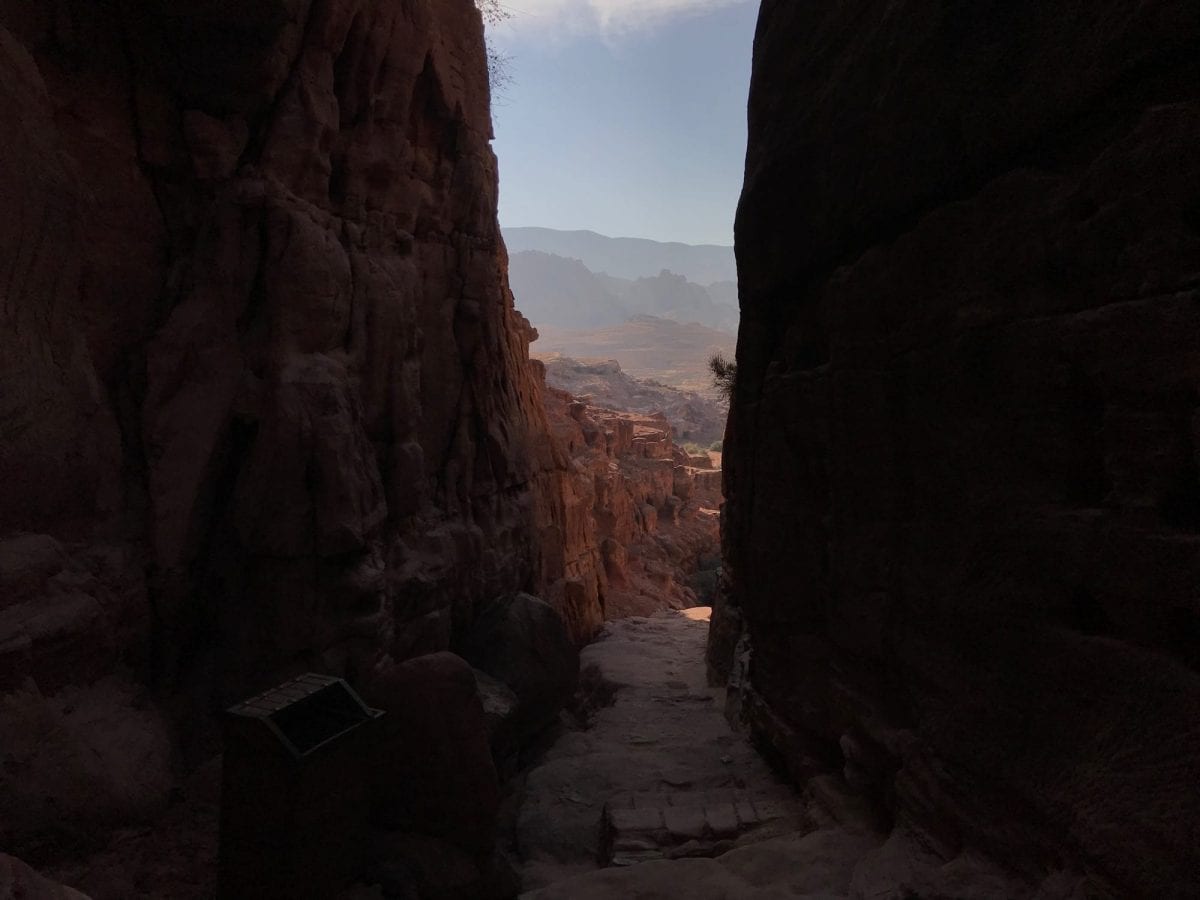Distances are relative. 5 kilometer with a car is relatively short – except maybe when you’re in a traffic jam during rush hour in lets say New York or London. With a plane even shorter. With a bike it’s ok. Running takes about 20 minutes if it’s a semi-flat track. Hiking sometimes will take less than an hour, sometimes it can take several hours if it’s uphill or if you got lost somewhere on a difficult trail (like I did during my Jordan Trail hike or when I got lost in a snowstorm in Iceland). So this post explores relative travel distance instead of absolute travel distance in travel and why this matters so much in the future of travel experiences.
My problem with absolute distances
When finding a hotel.
“This hotel is 1.8 kilometers from the city center” does not really say much. If the hotel is next to a subway that has direct connection to the city center, that’s pretty close. If it’s a 1.8 kilometer hike along a highway, that’s pretty far. Also, often ‘the city center’ is waaay to generic for me, as I will have to go to a specific part of the city center (or really – what is the city center in a city like Istanbul or Tokyo or Beijing?) or do not even have to go to the city center, but to a company outside of the city center.
When hiking.
Same goes pretty much for hiking. 15 kilometer can be less than a 3-hour hike or can take a full day (like on the GR20, Jordan Trail or even on the Laugavegur trail). And time is difficult to rely on as well. On the Kumano Kodo I was usually twice as fast as the normal hiking time, with the Jordan Trail I was pretty much on par with the hiking time on the Jordan Trail Association website.
A plea for relative distances
As a frequent traveler, I have my own quirks, habits, hacks and routines. For example, I like my hotel to be close to my workplace for the day. And I hate waste in travel time – meaning, travel time I can only use for traveling (e.g. a short flight or time on a busy subway), in contrast to for example time on a quiet train where I can get a lot of work done
It would be amazing to be able to factor these sorts of considerations in when planning your trips. Yes, this hotel is 4 kilometer from the train station, but it is next to the metro so it only will take you 5 minutes. Yes, this hotel is on the other end of the airport, but the shuttle service will take you there within 8 minutes.
Relative distances are obviously way more difficult than absolute distances. It requires different data sources, it requires context, it requires some smarter calculation.
Areas to explore
Some things that would be great to start adding in:
- Hotel airports. Often, hotels near airports have airport shuttles, which help make them valid options for staying the night before or maybe even exploring the city.
- Hotel shuttle off-time. And on top of that – hotel shuttles usually do not run 24/7. It would be great factoring that in when proposing nearby hotels. E.g.
- Public transport time. As mentioned before, it would be great to be able to order hotels based on their relative distance to the city center or a train station based on public transport access.
- Multifunctional travel time. I always like to make most out of my travel time. To be able to get some work done, read a book. Trains are usually better for this than planes. Would be great to factor that in.
And, to make it even more complex:
- Preferred brands. I would like the best possible hotel close to my workplace within either IHG, Hilton or Marriott properties.
In conclusion
The way distances are currently calculated within travel seem to be ready for some smart evolution – adding relative distance based on public transport wordt be a great first start.






1 comment